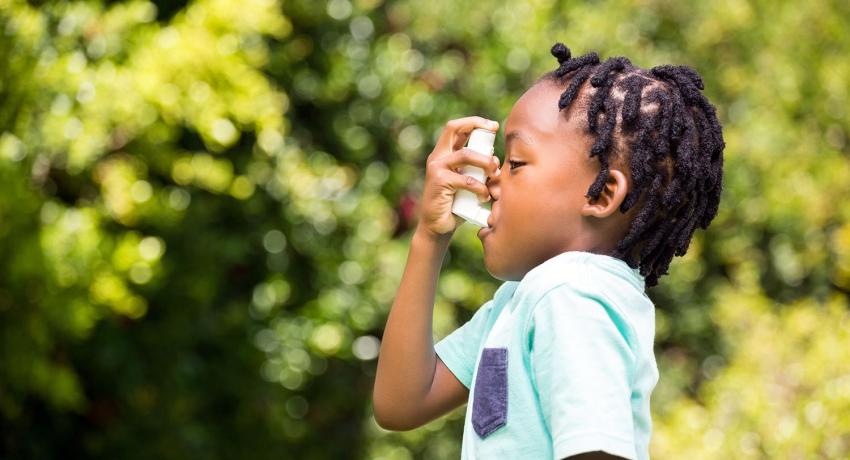Understanding Pediatric Asthma

Pediatric asthma presently affects over 6 million children in the United States. As the most common chronic childhood disease, uncontrolled asthma results in numerous hospitalizations annually and is a significant burden on both the child and caregivers resulting in a lower quality of life (e.g., decreased playtime and physical activity), days lost from school, and decreased work productivity. The management of childhood asthma is complex, as each individual’s health and triggers differ. Until recently, healthcare providers have not had a way of fully understanding a given child’s asthma in real-life activities and environments. Mobile health (mHealth) technologies now provide a more complete and accurate view of this condition and its ongoing management.
As part of a National Institutes of Health (NIH) research project, we developed Biomedical REAl-Time Health Evaluation (BREATHE), providing a smartwatch/smartphone informatics platform for integrating sensor data from multiple sources. BREATHE combines this information with data from the patient’s electronic health record (EHR) and other online sources to establish a complete, contextualized view of the individual within his/her environment. Personal physiological and local data (e.g., personal air quality monitors, daily spirometry, inhaler usage, etc.) are automatically captured and relayed securely to our cloud-based infrastructure. Combined in real-time with geospatial and other information (e.g., weather, local traffic patterns, regional air quality measures, proximity to parks, etc.), we then begin to establish individually-tailored models of a child’s asthma triggers.
You can find more information on BREATHE here.
